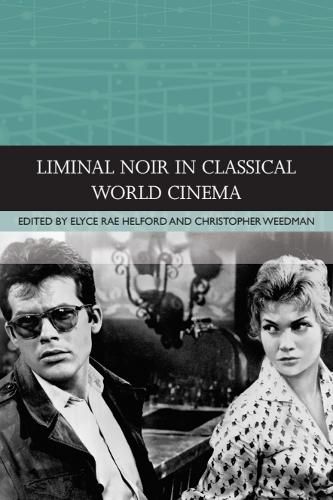Readings Newsletter
Become a Readings Member to make your shopping experience even easier.
Sign in or sign up for free!
You’re not far away from qualifying for FREE standard shipping within Australia
You’ve qualified for FREE standard shipping within Australia
The cart is loading…






While few can deny its incalculable influence on popular filmmaking during and after World War II, film noir has been and remains one of the most contentious categories of cinema, involving more debates than consensus about what constitutes a noir. This collection explores the amorphous parameters of this dark cinematic phenomenon by utilising an expanded, nuanced definition of film noir, which reaches beyond traditional conceptions of genre, style, and cycle to examine its complex international origins and emphasis on issues of liminality. Through illuminating case studies of single films from nations including Argentina, the former Czechoslovakia, France, Great Britain, Poland, Spain, and the US, authors consider elements of genre hybridity, border crossing, boundary breaching, and other signifiers of liminality to reassess classical-era films that defy conventional generic and stylistic categorisation.
$9.00 standard shipping within Australia
FREE standard shipping within Australia for orders over $100.00
Express & International shipping calculated at checkout
While few can deny its incalculable influence on popular filmmaking during and after World War II, film noir has been and remains one of the most contentious categories of cinema, involving more debates than consensus about what constitutes a noir. This collection explores the amorphous parameters of this dark cinematic phenomenon by utilising an expanded, nuanced definition of film noir, which reaches beyond traditional conceptions of genre, style, and cycle to examine its complex international origins and emphasis on issues of liminality. Through illuminating case studies of single films from nations including Argentina, the former Czechoslovakia, France, Great Britain, Poland, Spain, and the US, authors consider elements of genre hybridity, border crossing, boundary breaching, and other signifiers of liminality to reassess classical-era films that defy conventional generic and stylistic categorisation.